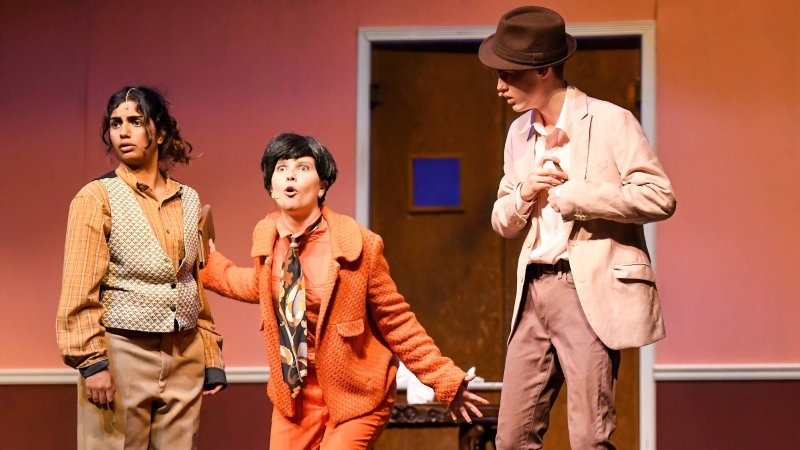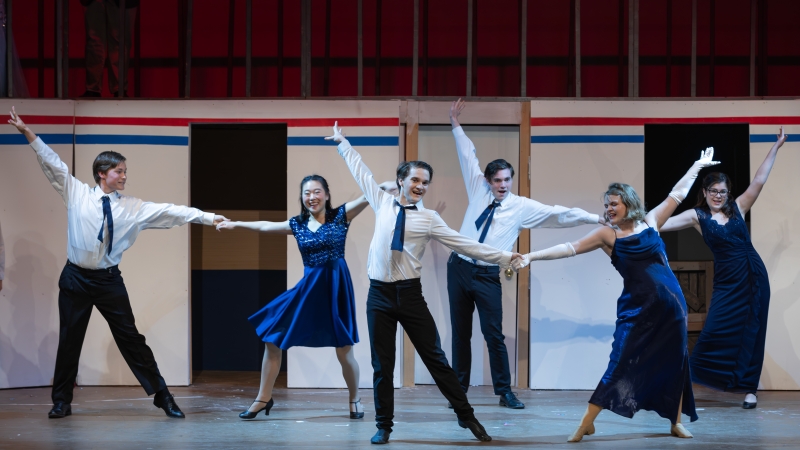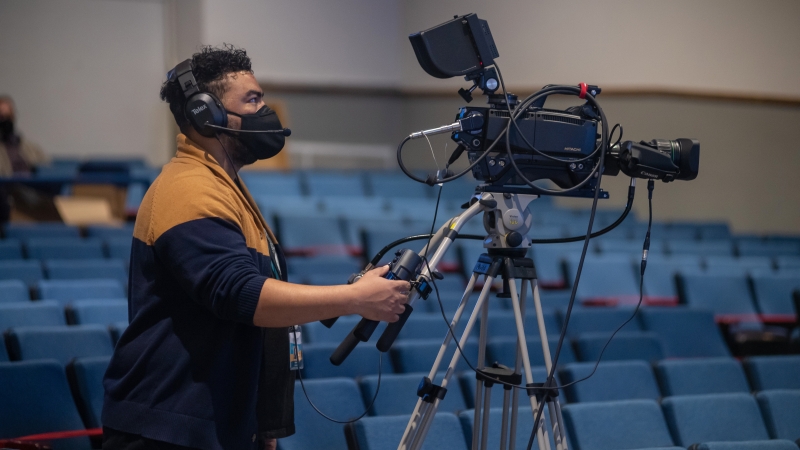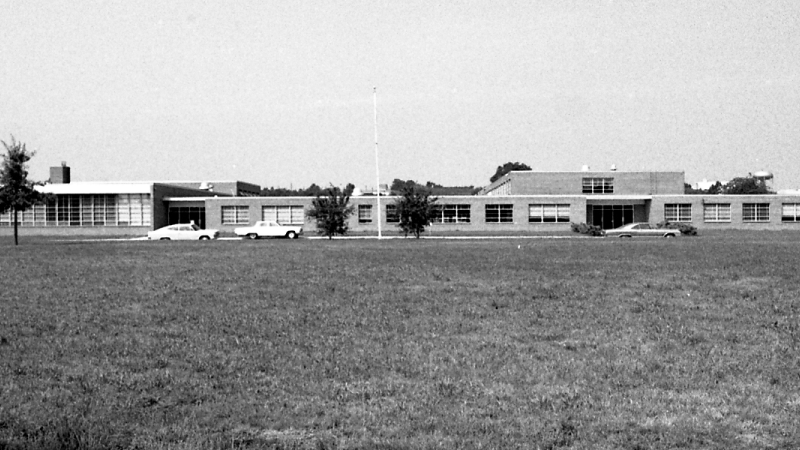
Cappies Review of Chantilly High School's Production of Wake-Up Call
Fairfax County Public Schools students are talented actors, musicians, and visual artists. Many FCPS high schools participate in the Washington, D.C., chapter of the Critics and Awards Program for High School Theatre, otherwise known as the Cappies.
The Cappies is a program through which high school theater and journalism students are trained as critics, attend shows at other schools, write reviews, and publish those reviews in local newspapers. There are fifteen Cappies chapters across the United States and Canada.
The Cappies continues this year with virtual performances. Students learning through the theatre arts is as important as ever. Most performances this year are written by students and are available to watch on the Cappies website. Some performances do require a fee to view online.
Editor's Note: This review of Chantilly High School's production of Wake-Up Call is written by Leydi Cris Cobo Cordon of Thomas Jefferson High School for Science and Technology.
Meet Jim. He's made the unfortunate mistake of falling asleep before finishing a poetry assignment. Now he's plagued with experiencing a series of events that blur the lines between reality and nightmare. Between confessions of love and divorce to plotting for murder, who can tell what semblance of Jim's world actually remains? Grab a cup of joe and try to piece the fragments of reality together in Chantilly High School's fantastic performance of Wake-Up Call.
Wake-Up Call was cooked up by Stephen Gregg in 2002. This short one-act play began with Jim and Rochelle confessing their love for each other, before quickly escalating when Rochelle asks Jim to be her literal partner-in-crime, setting off a series of nightmares. The poetry assignment Jim neglected became a framing device for the story, not only appearing at both the start and end of the show, but with its elements scattered throughout each new nightmare Jim has.
Delicately tiptoeing the line between simplicity and personal flair, Sujay Khona's excellent cinematography skills anchored this production. All of the varying angles and shots enhanced the scenes and made them more visually interesting. For example, in one scene the camera starts with a closeup shot of Jim's face as he lies on the ground. Then we cut to the same shot, but facing the other direction to see things from Jim's point of view. Next, we see none other than Theresa's corpse a mere few inches from his face. These choices made that sequence much more suspenseful and really zoomed in on the action.
Aidan Ramee put on a spectacular performance as dream-riddled Jim. Jim was constantly being bounced across different realities and Ramee was able to evolve how Jim woke up each time. At the top of the show Ramee woke up in a daze, but as he continued to wake up he got progressively more irritated. At one point he even stuffed his face into a pillow while producing a deep rumbling noise to represent Jim reaching his boiling point. In contrast to that scathing sequence, the tender moment shared by Ramee's Jim and Emily McGinley's Rochelle when they confessed their love in gentle voices added some sugary sweetness that solidified where their relationship stood before their descent into chaos.
Lila York's performance as Mother was flavorful with notes of wackiness, whimsy, and wit. York leaned in heavily to all the abnormalities of her character, such as an intentionally robotic repetition of the word "very" or giving a strong performance of an original lullaby that was essentially a whale-call. Her commitment and boldness within each of those moments helped eliminate any doubt about the realness of her world.
Sujay Khona's lighting design for the cyclorama mirrored the play's progression, beginning with a deep, calm blue. Rochelle's murderous proposition- the inciting incident- sparked a transition into warm tones. The bright orange background became a deeper shade when Jim attempted to save Theresa, and hits its peak at a blazing shade of red. It then transitioned back through the spectrum of oranges as the falling actions occurred and became a dreamy turquoise-to-purple gradient before ending on a medium blue. Kaitlin Molloy's set design, which was centered around a bed, also used color effectively. The bedsheets were swapped out between Rochelle's red ones to Jim's dull gray, which showed how he didn't quite belong in these colorful nightmares.
The phrase "bedtime story" was certainly redefined by Chantilly High School's memorably spectacular performance of Wake-Up Call.








